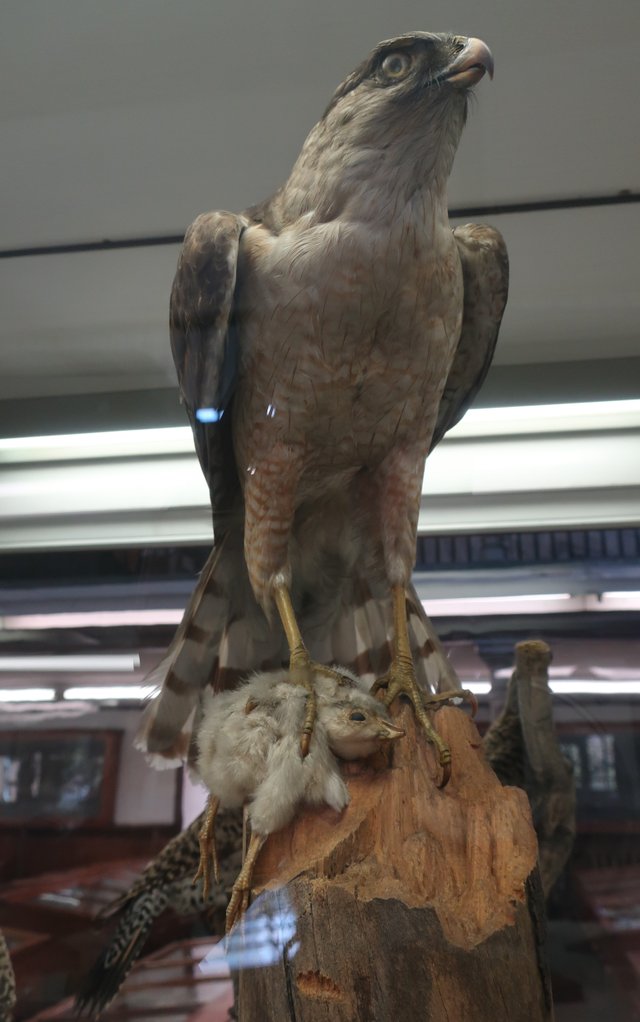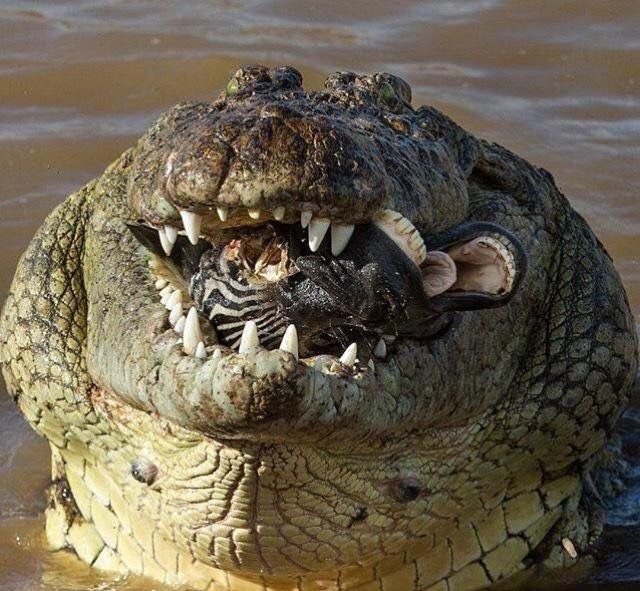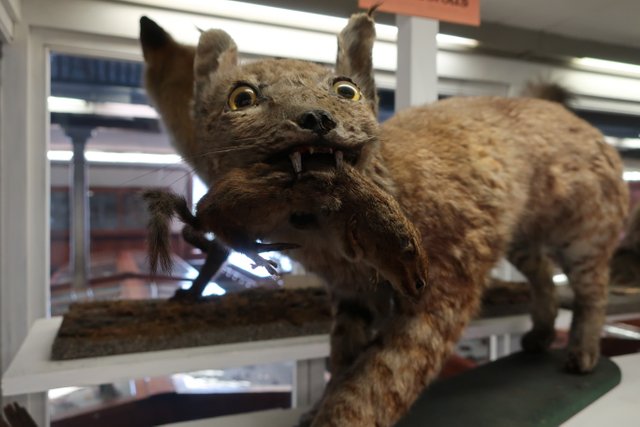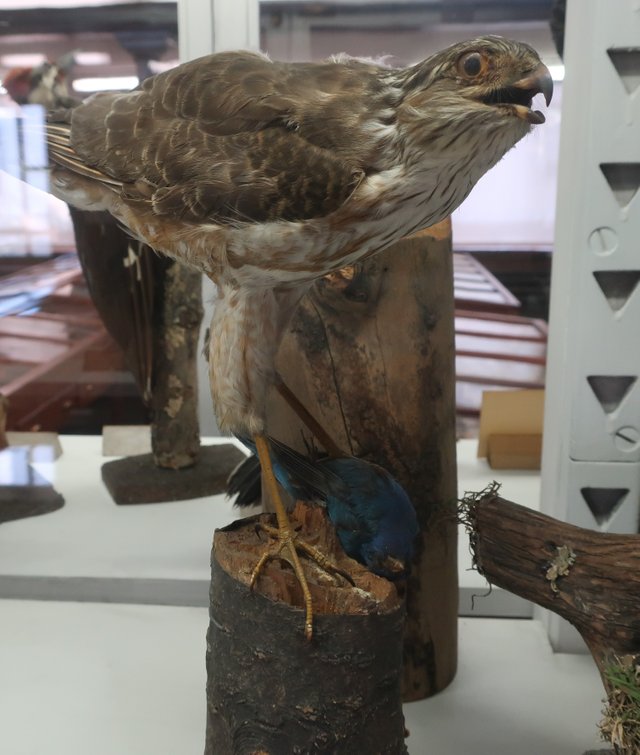Nature is Scary at the Wagner
WARNING: Contains graphic content involving wild animals killing, eating, and fighting for dominance.
So reads the bio of the Twitter and Instagram account @NatureisScary. Much like feeding time at the Zoo or a frenzy over whale meat on Shark Week, the stock in trade of @NatureisScary is the simultaneously horrifying and exhilarating violence of the natural world. A sloth is ripped from its tree trunk by a hungry puma. A polar bear grins with its face covered in blood. Here, crocodiles and alligators don’t sun themselves on sandy river banks; they swallow zebras whole.
The ability to capture these moments in ultra-high-definition digital formats is new, but fascination with them is not. For the 1867 Exposition Universelle in Paris and again at the Centennial Exposition here in Philadelphia in 1876, a French ornithologist and dealer in natural history specimens named Jules Verreaux created a tableau titled “Arab Courier Attacked by Lions.” It featured two taxidermy lions, one lying dead on the ground, the other in middle of an attack on a taxidermy camel. A mannequin rider (though with a real human skull) is holding a knife as he slides off the far side of his saddle. Nature is scary!
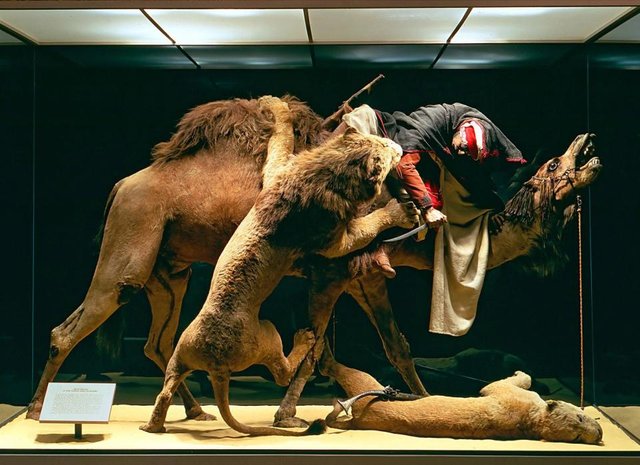
“Arab Courier Attacked by Lions” by Jules Verreaux
Verreaux’s piece came early on in the history of artistic taxidermy, a practice that preserved animals in active, life-like states. Artistic taxidermy was made possible by advances in technique as well as by advances in observation, documentation, and the care of live animals brought back from exotic places. By the mid- and late- 19th century, taxidermists knew more and more about the actual living species whose skins they had in front of them and could make works of art that brought the drama of the natural world into museums and the exhibition halls of World’s Fairs.
Though the exhibit hall at the Wagner has no scenes on that scale nor any of the habitat dioramas that are found at the Academy of Natural Sciences or the American Museum of Natural History, we do have a few pieces of artistic taxidermy sprinkled in with our stoic birds and expressionless skeletons. One of the specimens visitors comment on most frequently is a crazy-eyed bobcat that stares out from a case filled with carnivores. The civets and the panthers are predators too, but the bobcat alone is showing off its prey with a chipmunk hanging limp from its jaws. The bobcat was collected in Josephine County, Oregon by George Kinzer and was acquired by the Wagner in 1893. The chipmunk’s history is not documented in our accession books.
Sharp-Shinned Hawk, Accipter striatus velox
Even in a collection that was meant for study and teaching, for the serious work of scientific classification, nature proves exciting and sensational! Our exhibit hall shows that even dead animals can be full of life. Nature is the drive for food and survival. It is creature pitted against creature. It is hardly a static sculpture frozen in time. Nature is scary!
